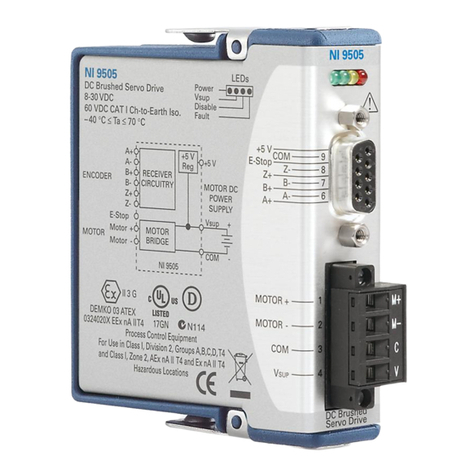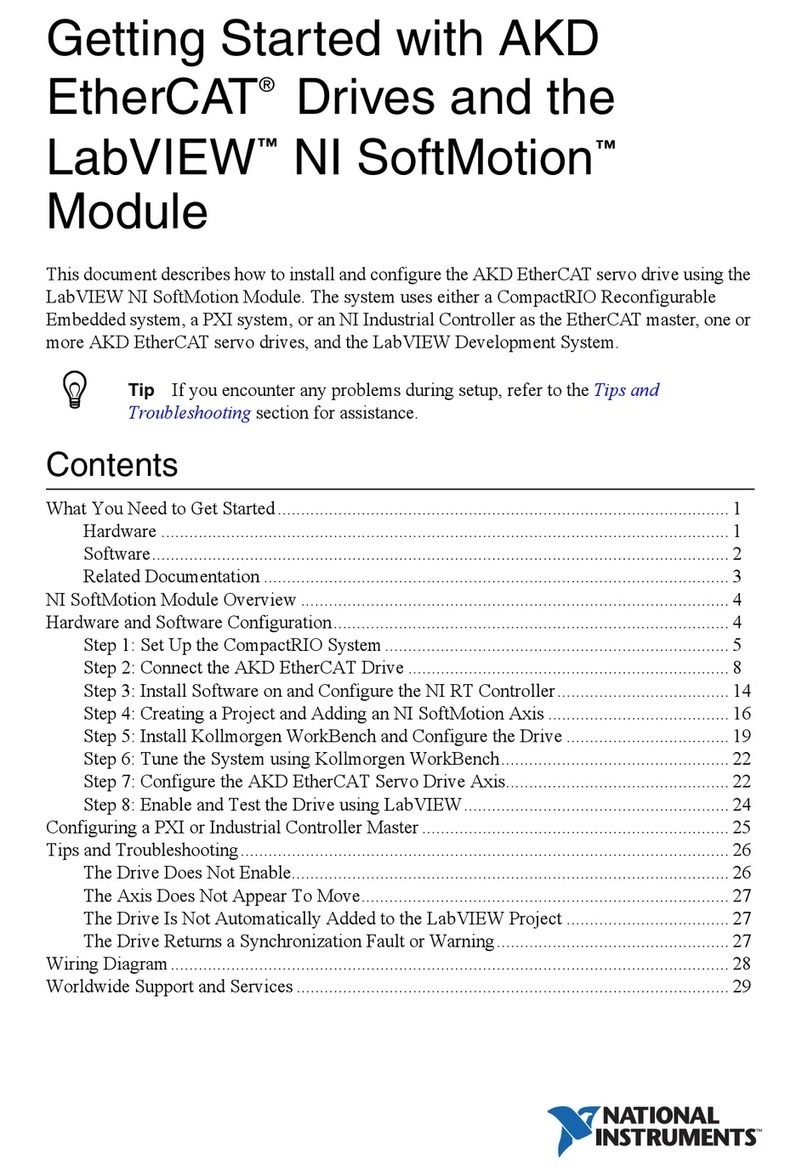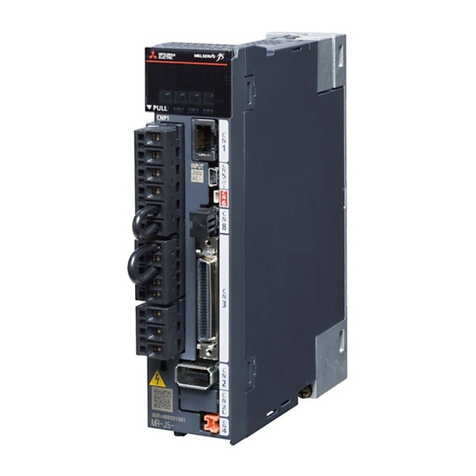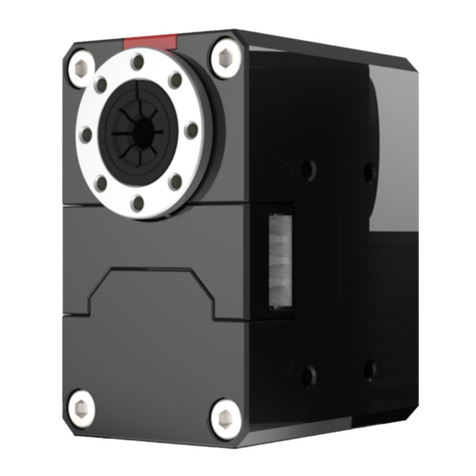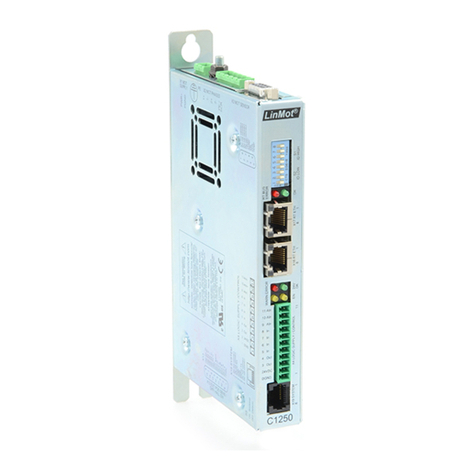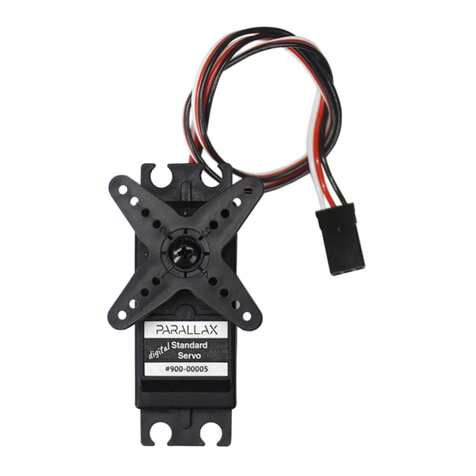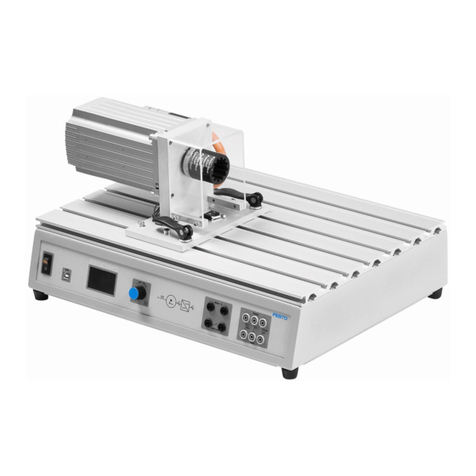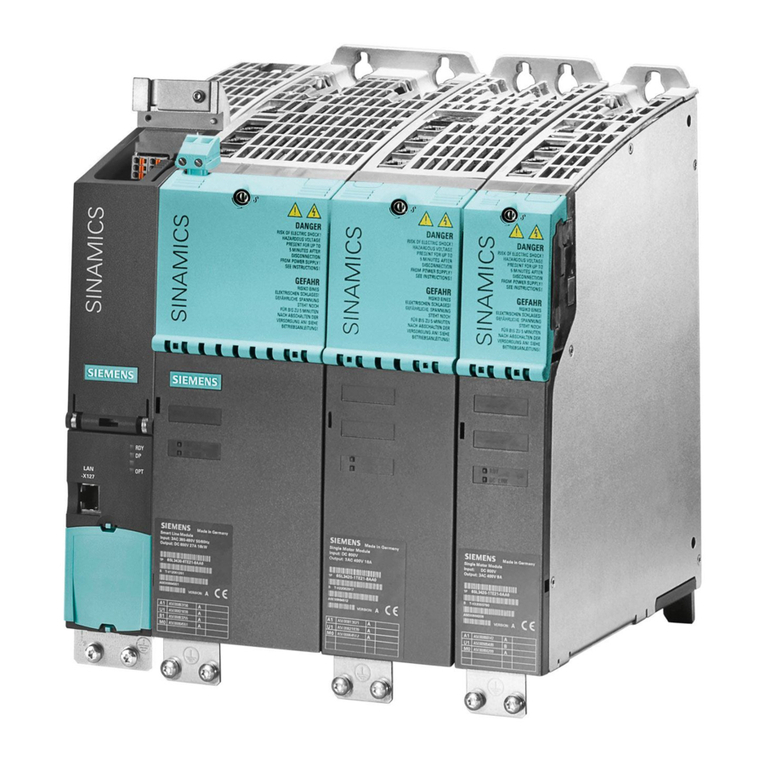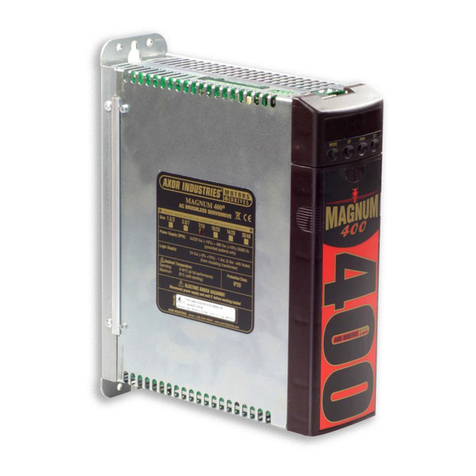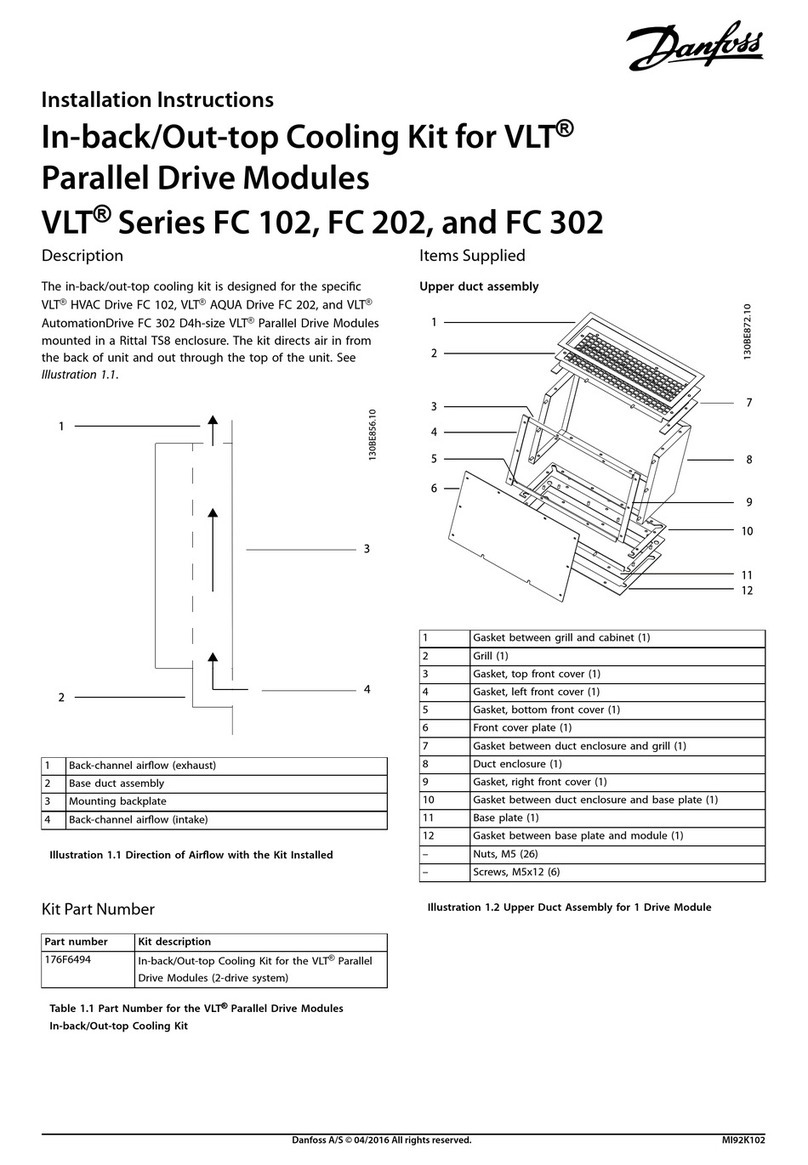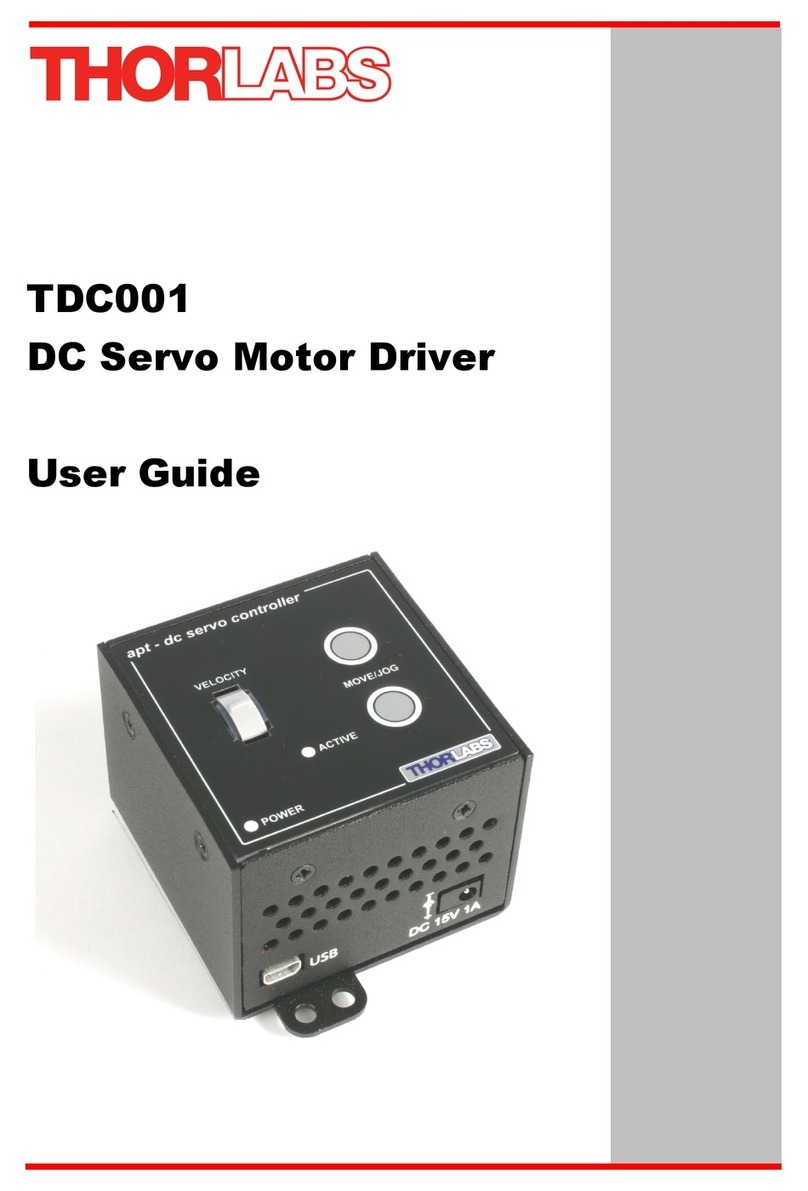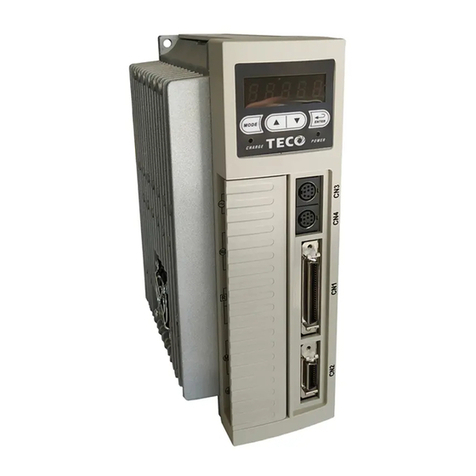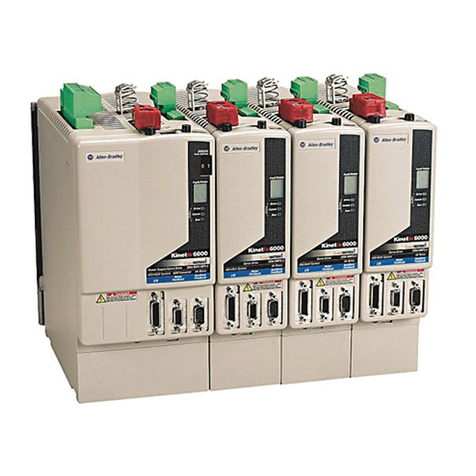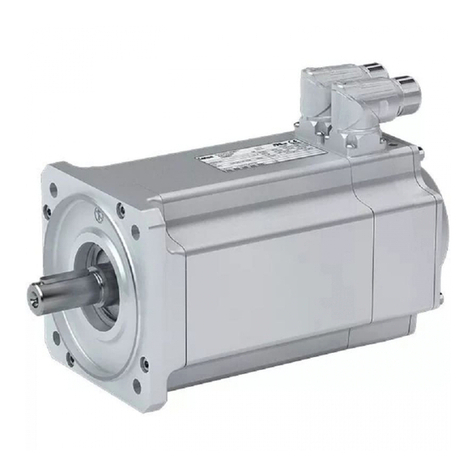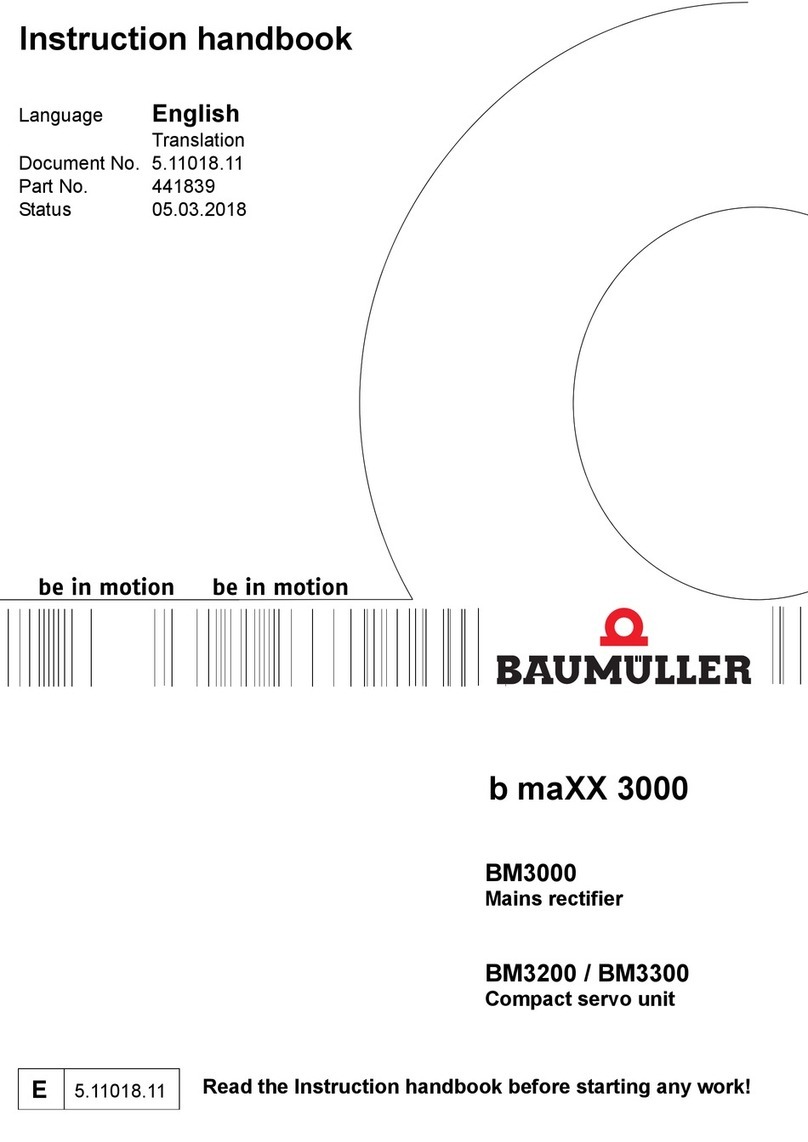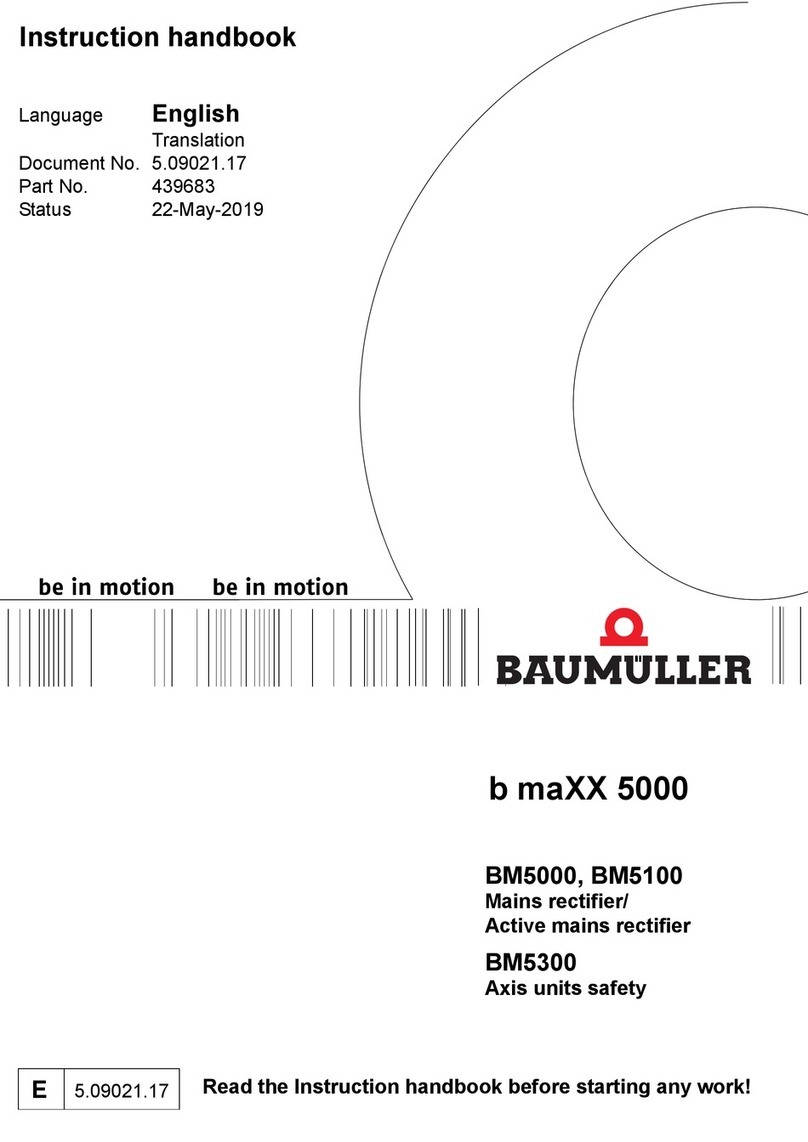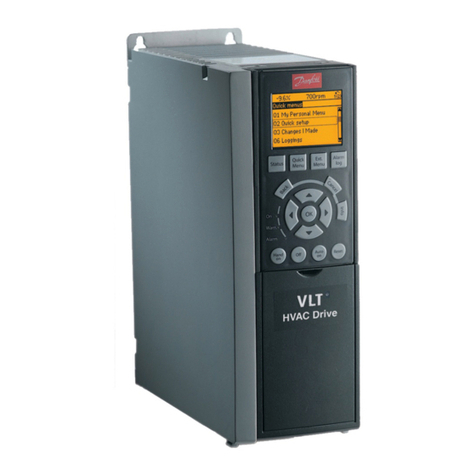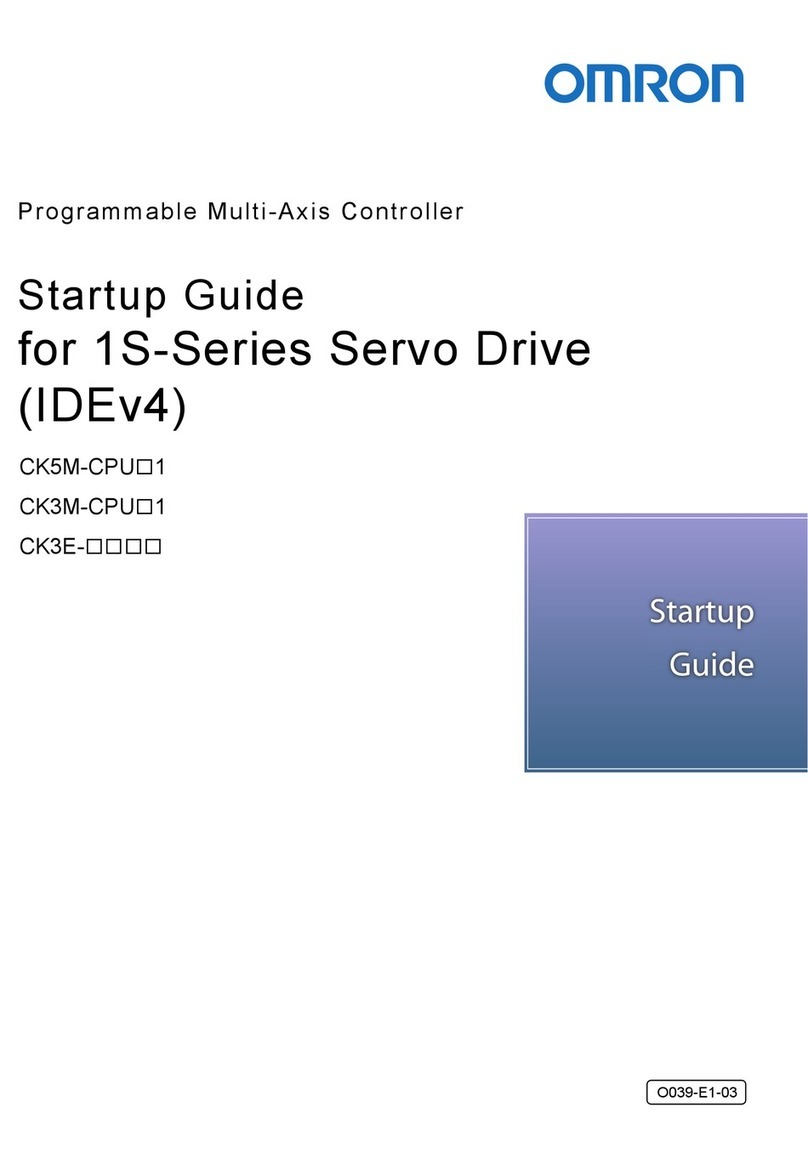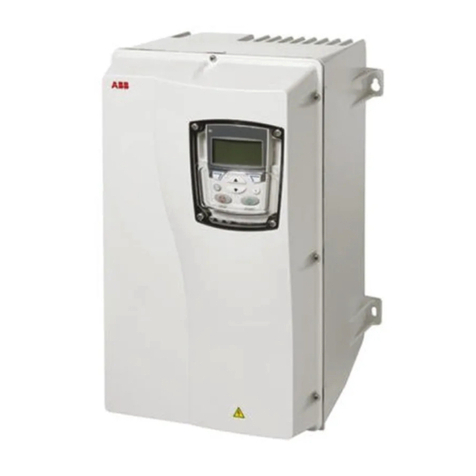
NI 9505E Operating Instructions and Specifications 4ni.com
NI 9505E Hardware Overview
The NI 9505E provides unique flexibility and customization. The
NI 9505E works together with the LabVIEW FPGA Module to
create a highly customizable motor drive or actuator amplifier.
Figure 2 illustrates the functionality of the NI 9505E working in
conjunction with the LabVIEW FPGA Module in a typical motion
control application. Figures 3 and 4 show more detailed versions
of the position, velocity, and current loops implemented in the
LabVIEW FPGA Module. A typical application contains a
position loop, velocity loop, and current loop, implemented in
the LabVIEW FPGA Module block diagram. Depending on the
application, you may not need to use all three loops. The examples
installed in the labview\examples\CompactRIO\
Module Specific\NI 9505 directory illustrate methods for
implementing each of these loops.
The NI 9505E returns the motor or actuator current data to the
LabVIEW FPGA Module for use in a current loop or for
monitoring. The NI 9505E also returns status information such as
drive fault status, VSUP presence, and emergency stop status to the
LabVIEW FPGA Module for use in system monitoring. Refer
to the NI 9505 Reference Help book in the LabVIEW Help,





